Who should represent the US at the Venice Biennale?
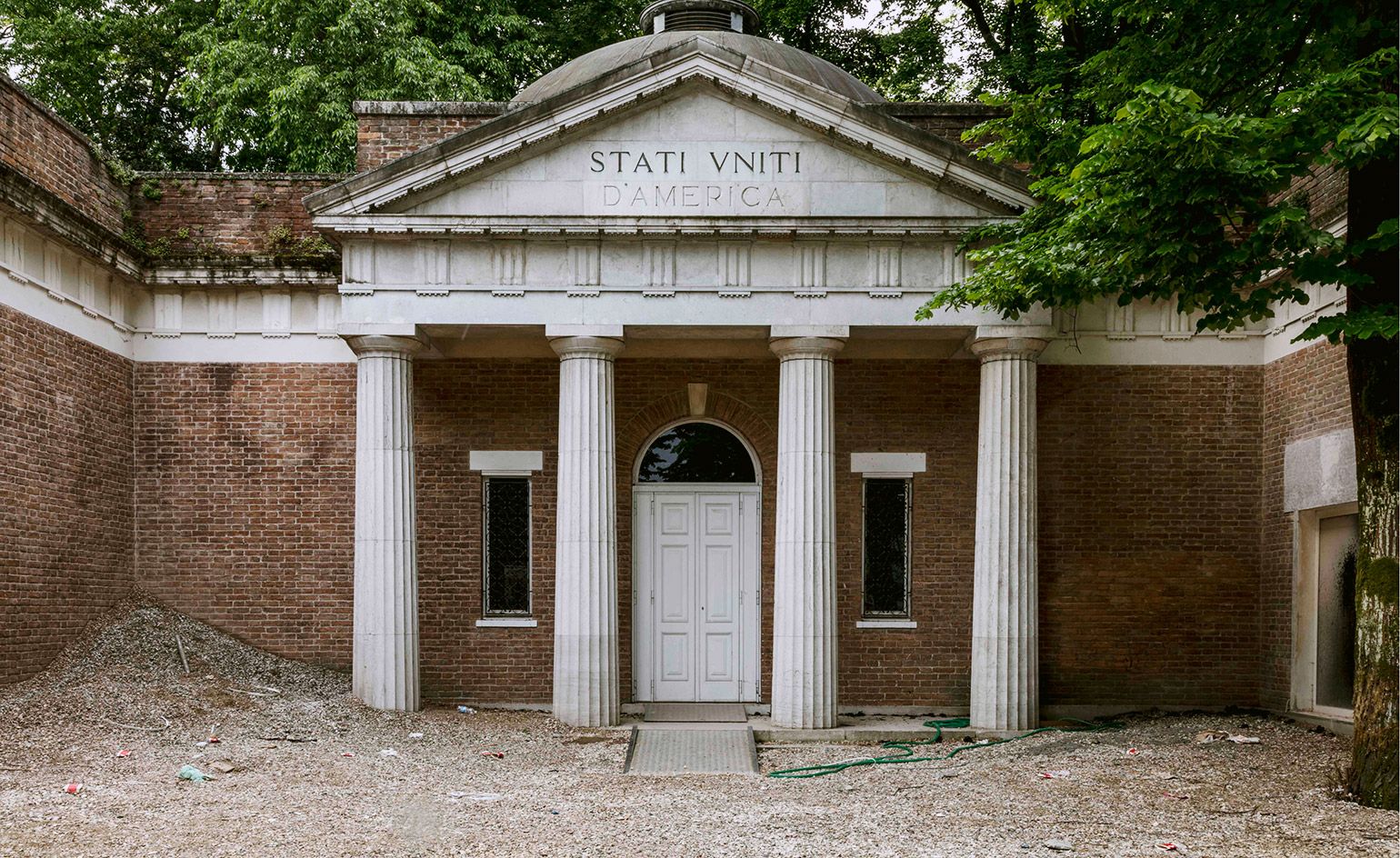
With just nine months to go until the 58th Venice Biennale, the tardiness of Donald Trump’s State Department in announcing the US pavilion artist has not gone unnoticed. In keeping with much of Trump’s presidency, this months-long delay goes against traditions of previous administrations. The last two artists – Mark Bradford in 2017 and Joan Jonas in 2015 – were announced in spring the year before; Sarah Sze’s appointment for the 2013 Venice Biennale was revealed in February 2012.
Unease is brewing in the wake of the State Department’s apparent silence. After all, President Trump has provided endless fodder for artists and magazine art directors alike since winning the presidential election. Given the Trump administration’s astounding bid to pass off his US-Mexico border wall prototypes as land art earlier this year, the Venice Biennale announcement is likely to elicit shock and surprise.
Here are four artists worthy of making their mark on the American pavilion next year...
David Hammons
Even if Hammons were offered the opportunity to represent America at Venice, chances are he would decline, as the notoriously elusive 73-year-old rarely agrees to shows and is famous for making himself scarce. He once even commented in a 1986 interview, ‘I can’t stand art actually. I’ve never, ever liked art.’ Arguably one of America’s greatest living artists, Hammons is a cult figure among other artists, writers, museum curators, gallerists and collectors. With prevailing concerns addressing the experiences of African-American life and the role that race plays in American society, the politically charged gravitas in his work is undeniable. Hammons at Venice in 2019 would be one of the most anticipated exhibitions in the American pavilion to ever be staged. But for an artist who has so successfully shunned the art world and is a step ahead of it at all times, we should either be prepared for a complete let-down, or otherwise brace ourselves to look into the mirror that Hammons holds up to our culture.
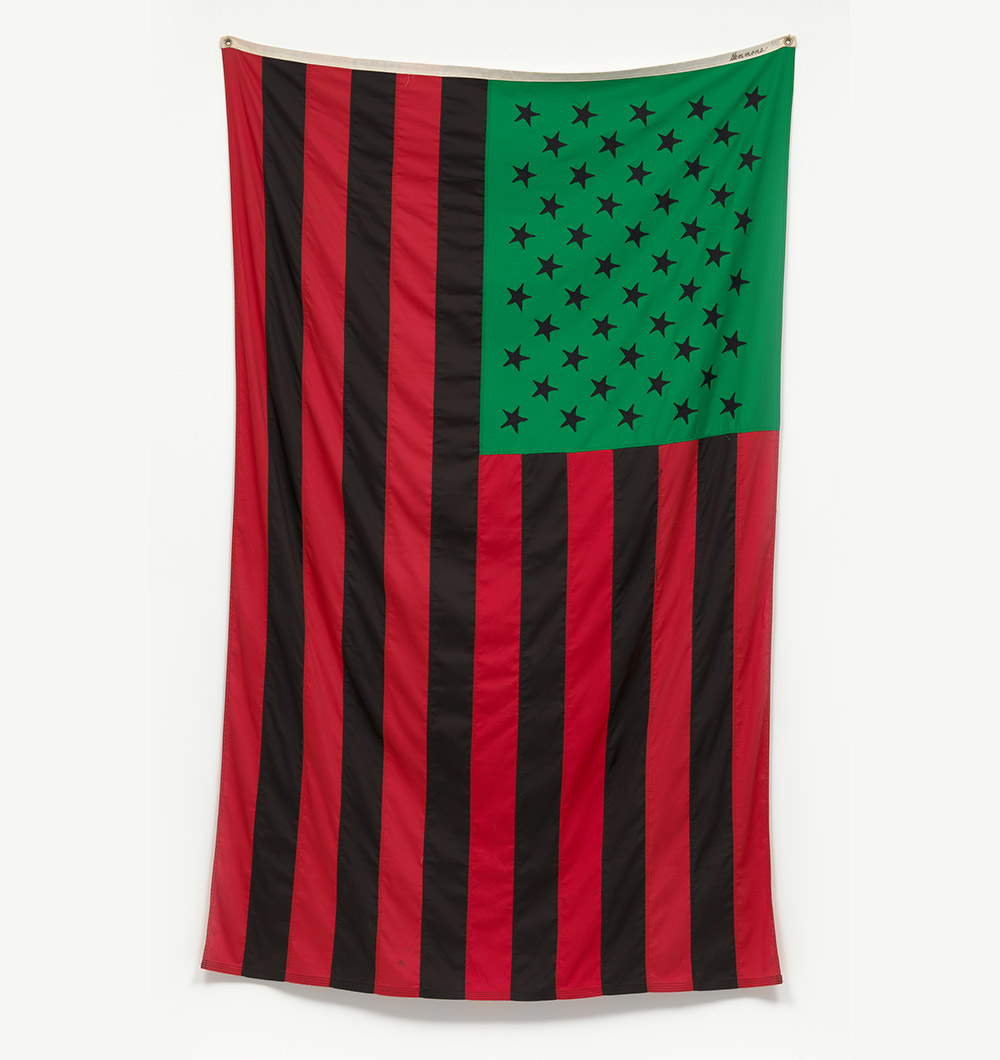
African American Flag, 1990, by David Hammons. © David Hammons
Cindy Sherman
Considered to be one of the world’s most influential and important living photographers, Sherman’s practice has remained consistent over the past 40 years, involving taking self-portraits in guises, personas, costumes, make-up and rendering herself unrecognizable. She has produced numerous images that will forever belong in the hallowed halls of art history. The 63-year-old artist recently made her Instagram account public (@cindysherman), and has over 200,000 fans flocking there to pore over her remarkable, innovative selfies. Sherman’s images have changed our understanding of sexual stereotypes, identity and aging in a society obsessed with youth and status, all through the filter of a twisted lens. While many of her portraits that evoke classical paintings would sit perfectly at home in Venice, also note there has never been a solo exhibition of a dedicated photographer in the US pavilion.
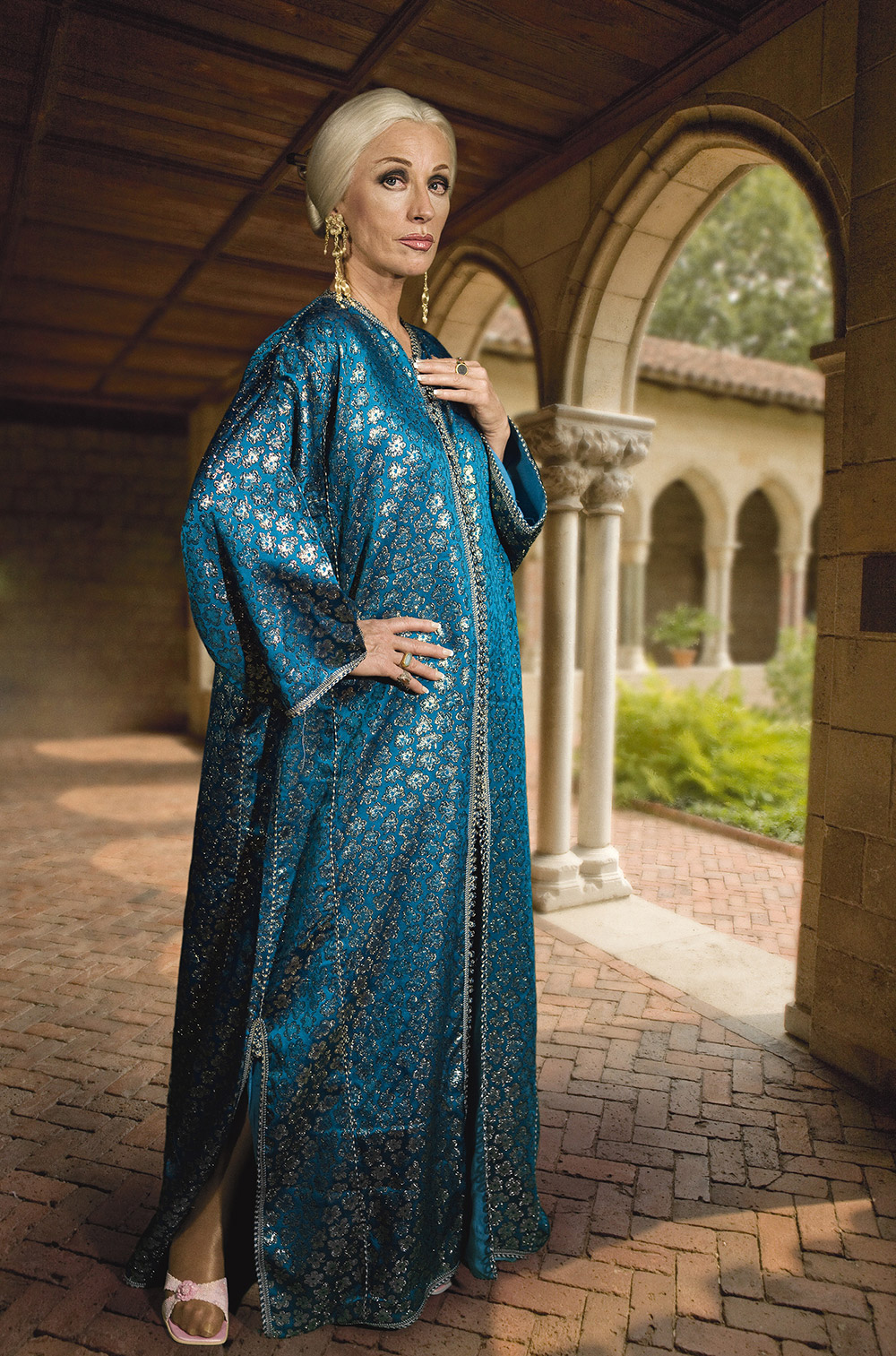
Untitled #466, 2008, by Cindy Sherman. © Cindy Sherman. Courtesy of Metro Pictures
Carmen Herrera
Cuban-born and New York-based artist Carmen Herrera, who is 103 years young, still works most days and is in her artistic prime. Hard enough back in the mid-20th century for any female artist to succeed, along with the complicated obstacles of being a Cuban-American, she pursued her craft for over 60 years with little recognition, not gaining wide attention until her 80s. For the past five decades, she’s established a visual language which has been explored with great nuance, fashioning some of the most elegant and severe examples of hard-edge abstract painting. Honoured with a stunning retrospective at the Whitney Museum of American Art in 2016, the art world finally understood the artist’s significance in the historical canon. Better late than never, and a firm believer that less is more, Herrera is a living treasure and after a lifetime of near-anonymity, her presence over the past decade has been an inspiring and vital gift. The glorious setting of Venice would only amplify her works of unapologetic beauty.
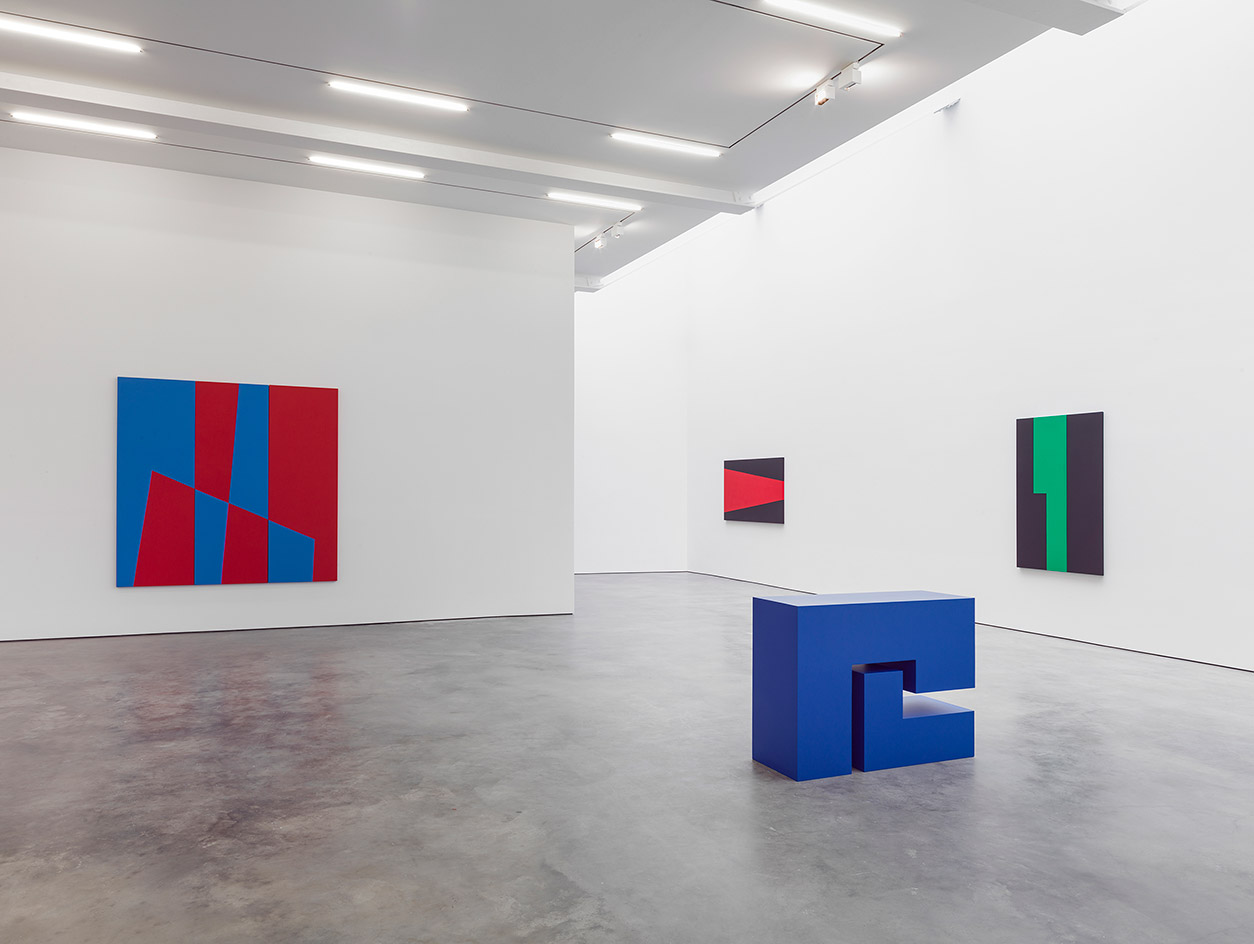
Installation view of Carmen Herrera’s exhibition at Lisson Gallery New York, 2016. © Carmen Herrera. Courtesy of Lisson Gallery
Kara Walker
An artist who explores race, identity, injustice, violence, gender and how America’s original sin of slavery has conditioned all subsequent US history, Walker’s devastating and gut-wrenching show in September 2017 at Sikkema Jenkins & Co in New York stunned audiences and was a critical sensation. In the era of ‘fake news’, her brutal exhibition found that there was plentiful truth still left in art. Walker became famous in the 1990s for large-scale, cut-paper, silhouetted figures and is now amongst the best-known artists of her generation. As her career continues to gather acclaim, and with a practice that is thought-provoking and monumental in its message, her selection for the Venice Biennale in 2019 would be timely.
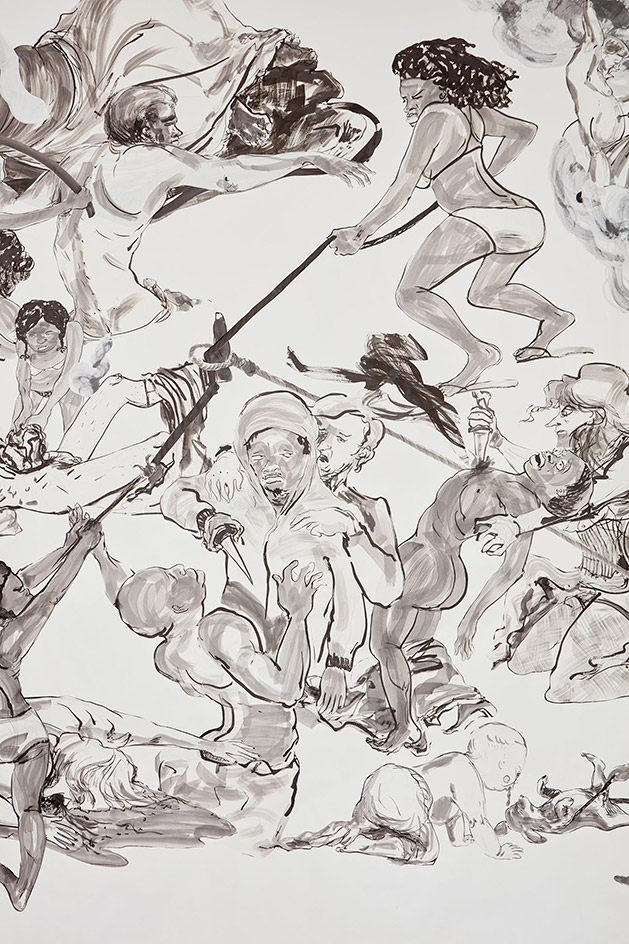
Detail of The Pool Party of Sardanapalus (after Delacroix, Kienholz), 2017, by Kara Walker. © Kara Walker. Courtesy of Sikkema Jenkins & Co, New York
Follow Vasili Kaliman on Instagram to see the art finds from his travels, and on Twitter where he shares the latest news and developments in the global art market.
INFORMATION
Venice Biennale 2019 runs from 11 May – 24 November. For more information, visit the website
Wallpaper* Newsletter
Receive our daily digest of inspiration, escapism and design stories from around the world direct to your inbox.
-
 Nikos Koulis brings a cool wearability to high jewellery
Nikos Koulis brings a cool wearability to high jewelleryNikos Koulis experiments with unusual diamond cuts and modern materials in a new collection, ‘Wish’
By Hannah Silver
-
 A Xingfa cement factory’s reimagining breathes new life into an abandoned industrial site
A Xingfa cement factory’s reimagining breathes new life into an abandoned industrial siteWe tour the Xingfa cement factory in China, where a redesign by landscape specialist SWA Group completely transforms an old industrial site into a lush park
By Daven Wu
-
 Put these emerging artists on your radar
Put these emerging artists on your radarThis crop of six new talents is poised to shake up the art world. Get to know them now
By Tianna Williams
-
 Saskia Colwell’s playful drawings resemble marble sculptures
Saskia Colwell’s playful drawings resemble marble sculpturesSaskia Colwell draws on classical and modern references for ‘Skin on Skin’, her solo exhibition at Victoria Miro, Venice
By Millie Walton
-
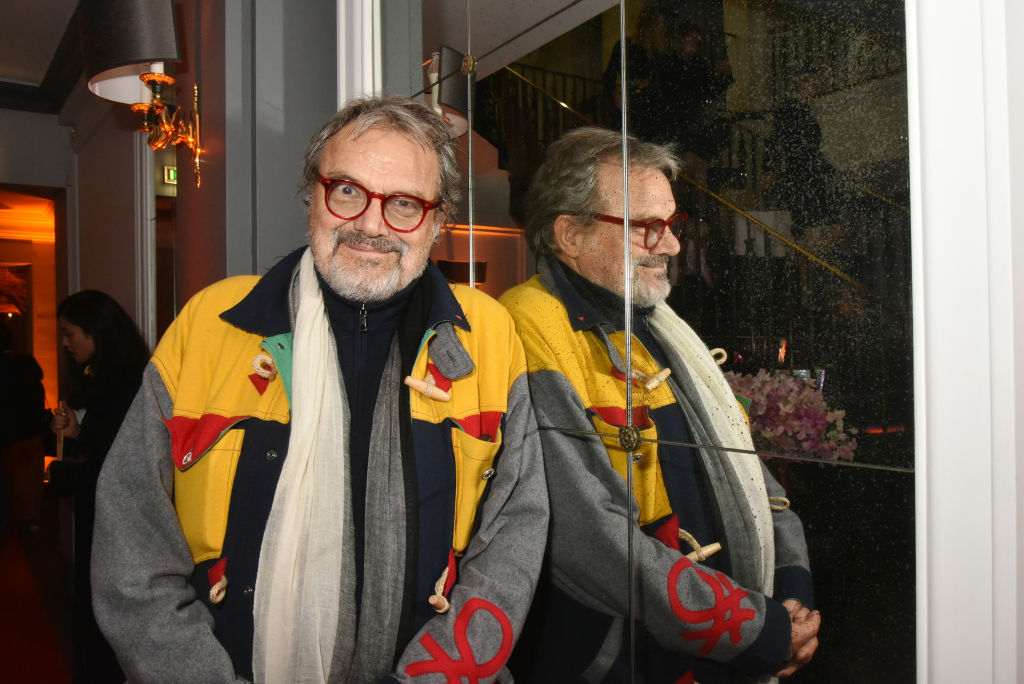 Remembering Oliviero Toscani, fashion photographer and author of provocative Benetton campaigns
Remembering Oliviero Toscani, fashion photographer and author of provocative Benetton campaignsBest known for the controversial adverts he shot for the Italian fashion brand, former art director Oliviero Toscani has died, aged 82
By Anna Solomon
-
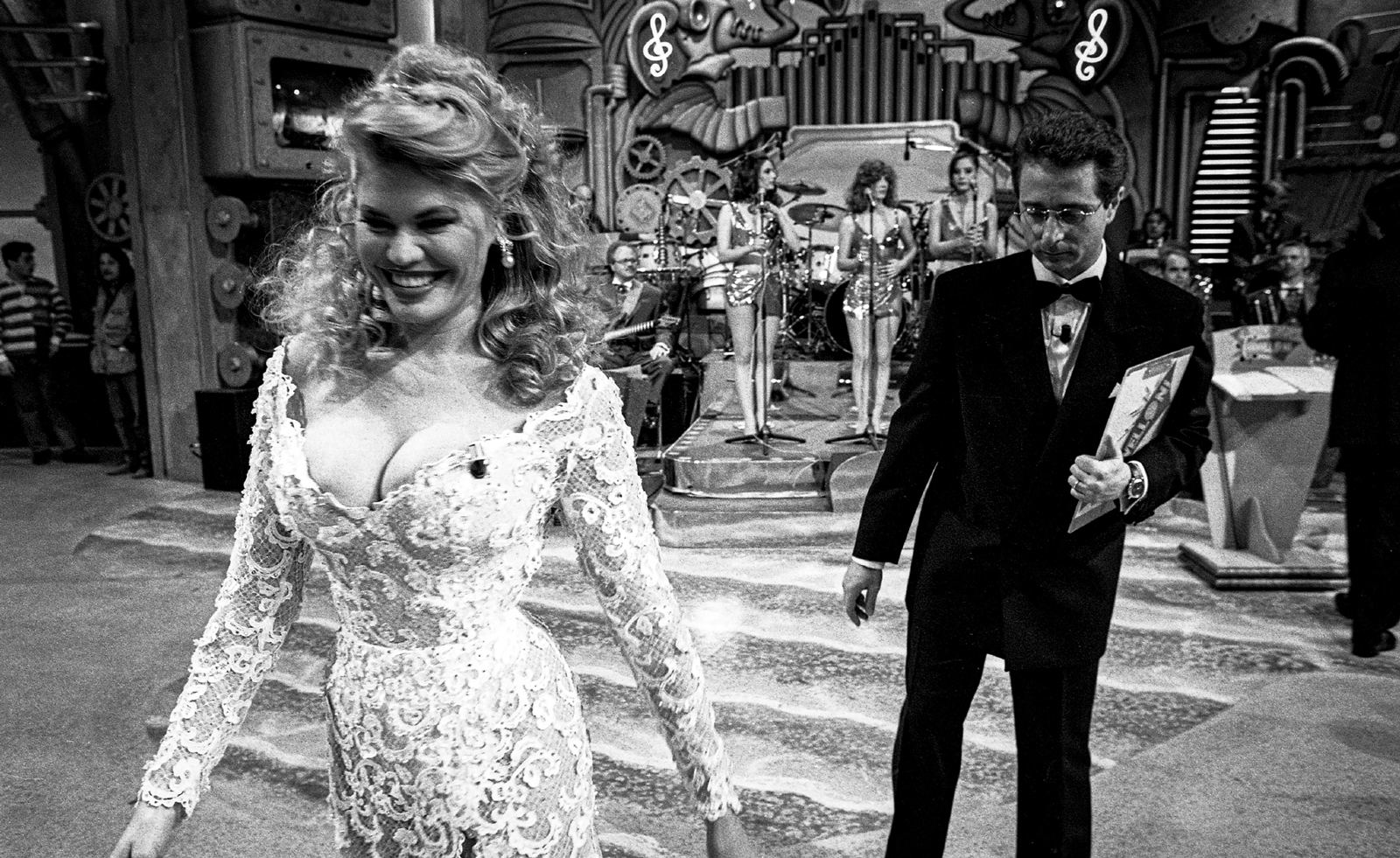 Distracting decadence: how Silvio Berlusconi’s legacy shaped Italian TV
Distracting decadence: how Silvio Berlusconi’s legacy shaped Italian TVStefano De Luigi's monograph Televisiva examines how Berlusconi’s empire reshaped Italian TV, and subsequently infiltrated the premiership
By Zoe Whitfield
-
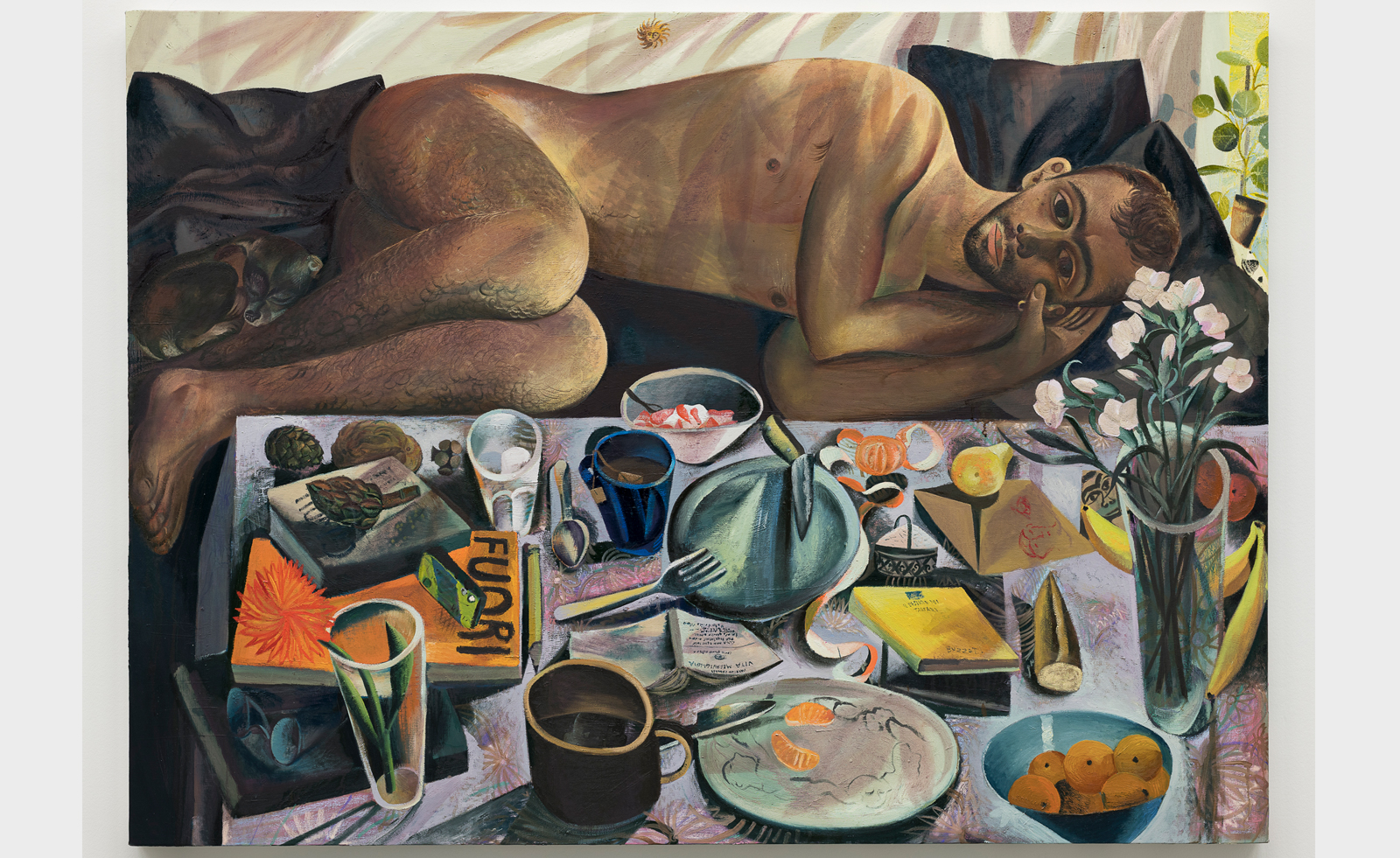 Louis Fratino leans into queer cultural history in Italy
Louis Fratino leans into queer cultural history in ItalyLouis Fratino’s 'Satura', on view at the Centro Pecci in Italy, engages with queer history, Italian landscapes and the body itself
By Sam Moore
-
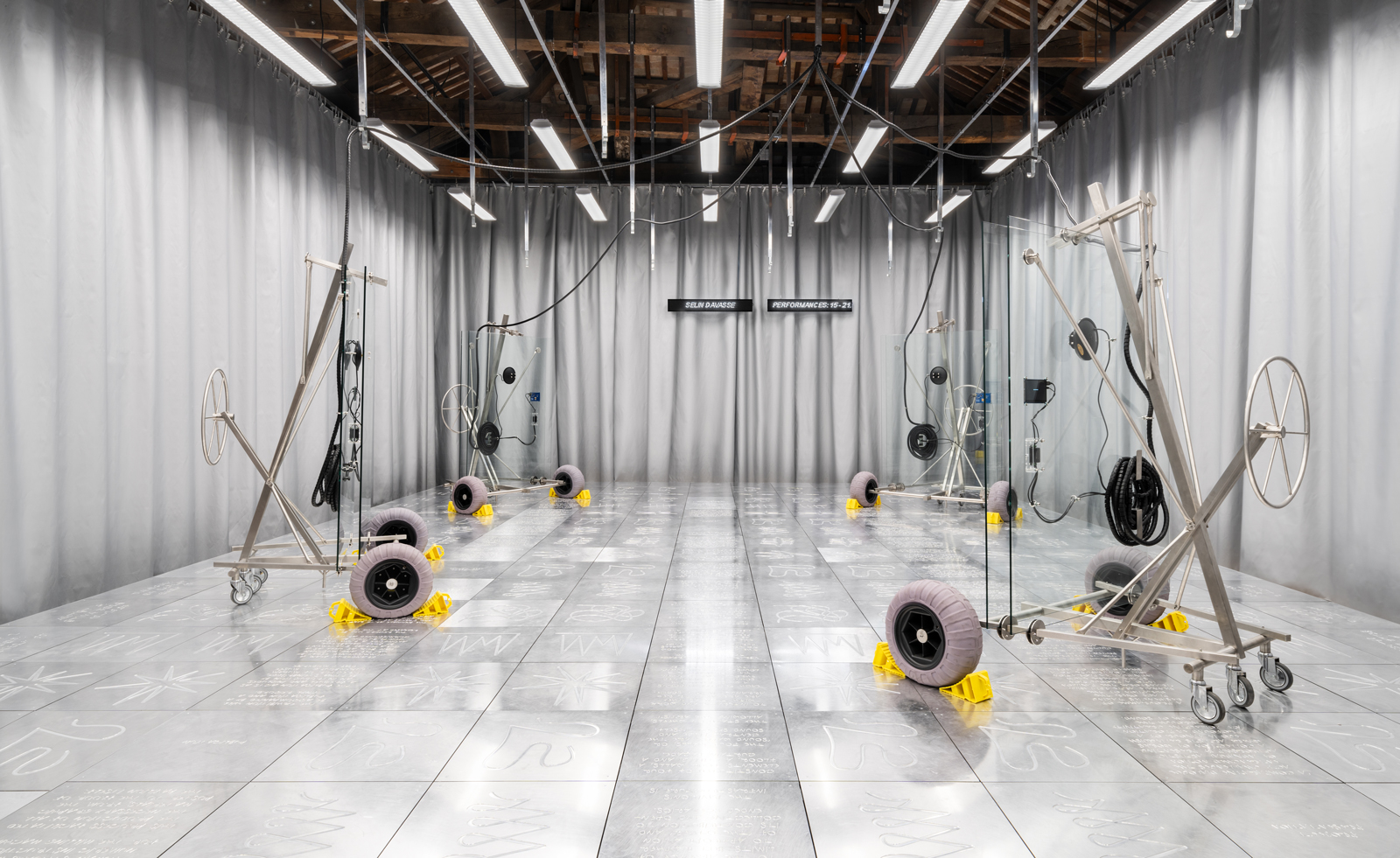 Don't miss Luxembourg's retro-futuristic lab pavilion in Venice
Don't miss Luxembourg's retro-futuristic lab pavilion in VeniceAs the Venice Biennale enters its last few weeks, catch 'A Comparative Dialogue Act' at the Luxembourg Pavilion
By Amah-Rose Abrams
-
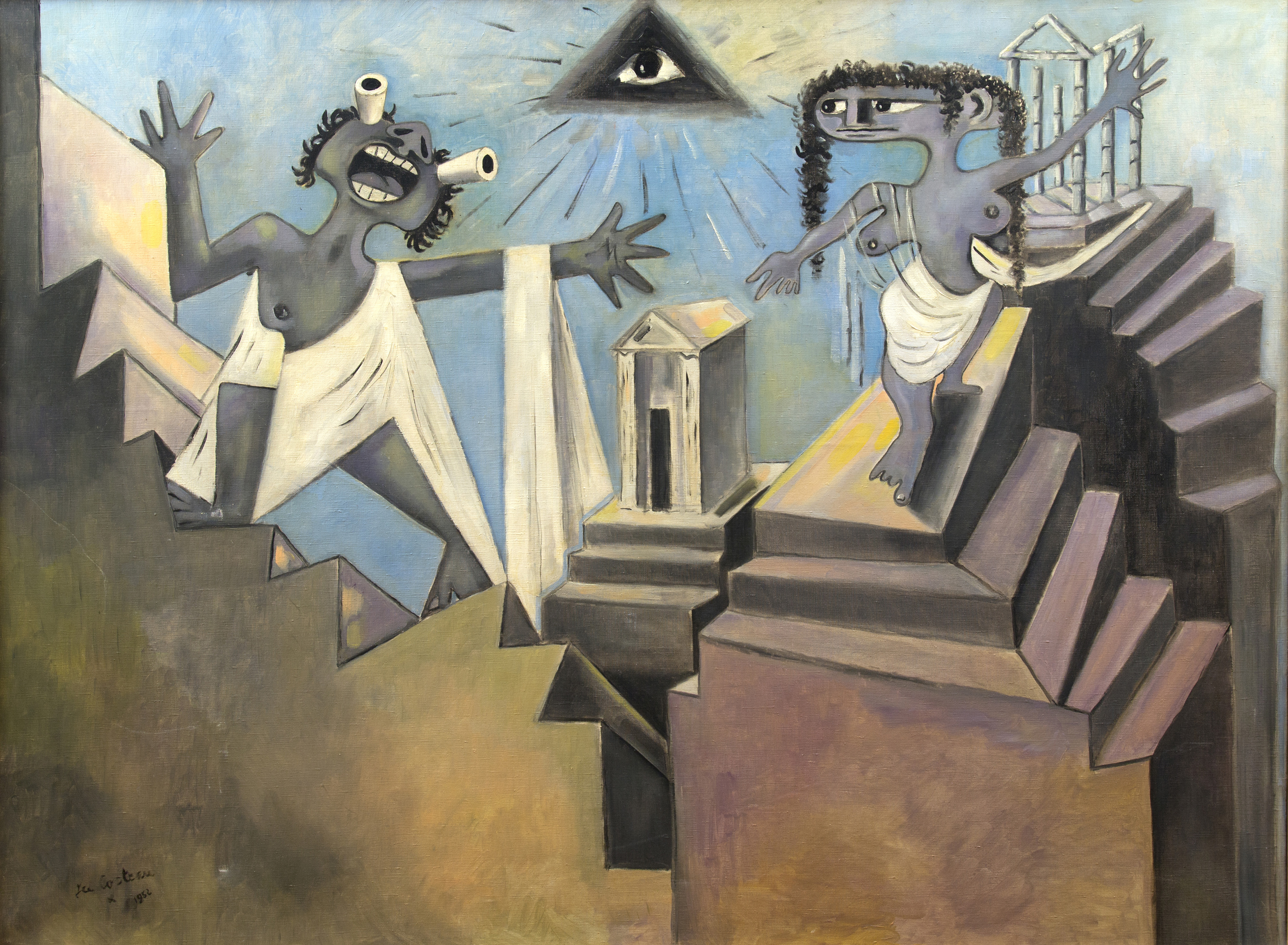 Portrait of a modernist maverick: last chance to see the Jean Cocteau retrospective in Venice
Portrait of a modernist maverick: last chance to see the Jean Cocteau retrospective in Venice‘Cocteau: The Juggler’s Revenge’, celebrating the French artist's defiance of artistic labels, is in its final week at Peggy Guggenheim Collection, Venice
By Caragh McKay
-
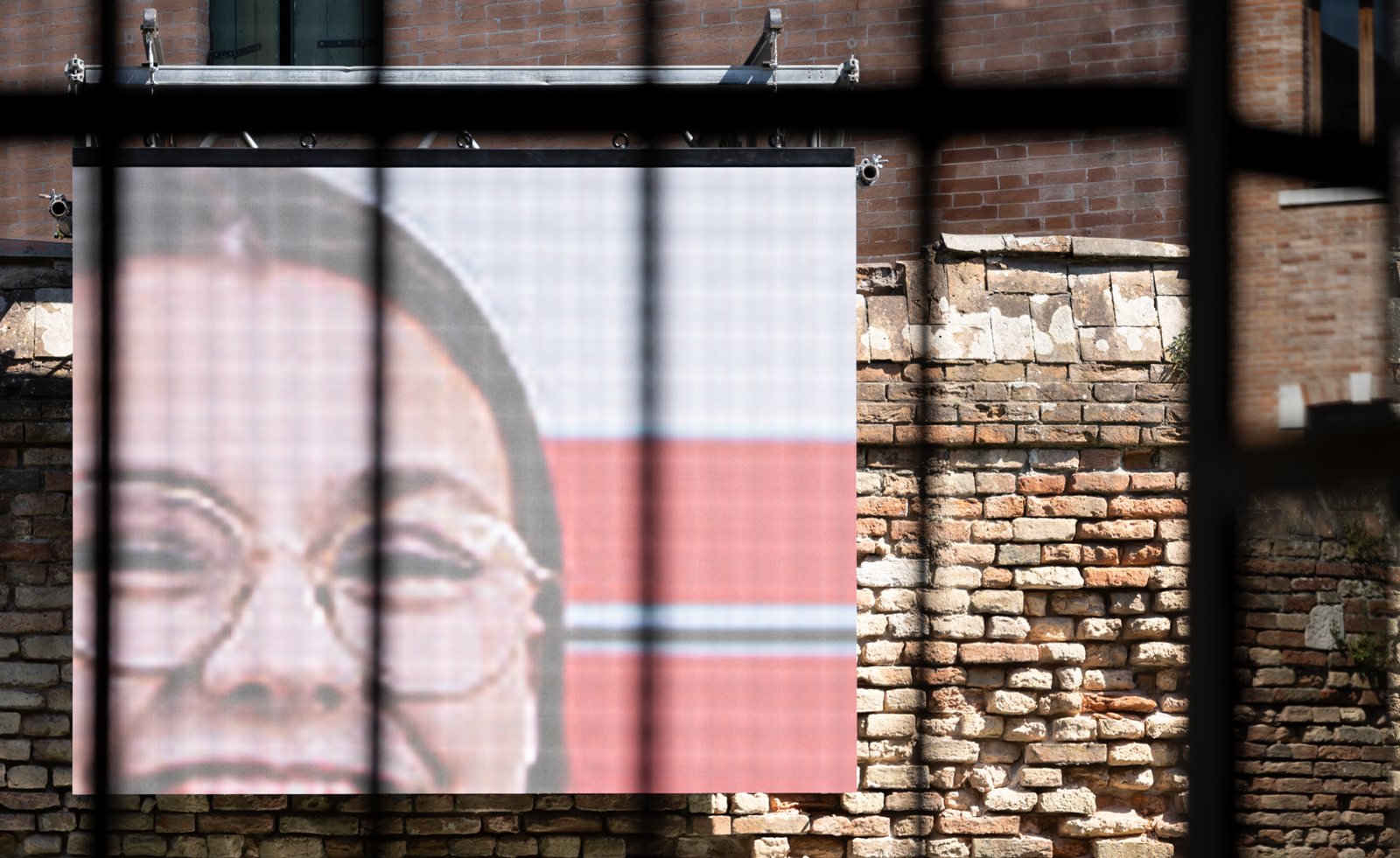 ‘Everything human-made is of interest to me’: Hildigunnur Birgisdóttir in Venice
‘Everything human-made is of interest to me’: Hildigunnur Birgisdóttir in VeniceArtist Hildigunnur Birgisdóttir explores consumerism at the Icelandic Pavilion at the Venice Biennale 2024
By Hannah Silver
-
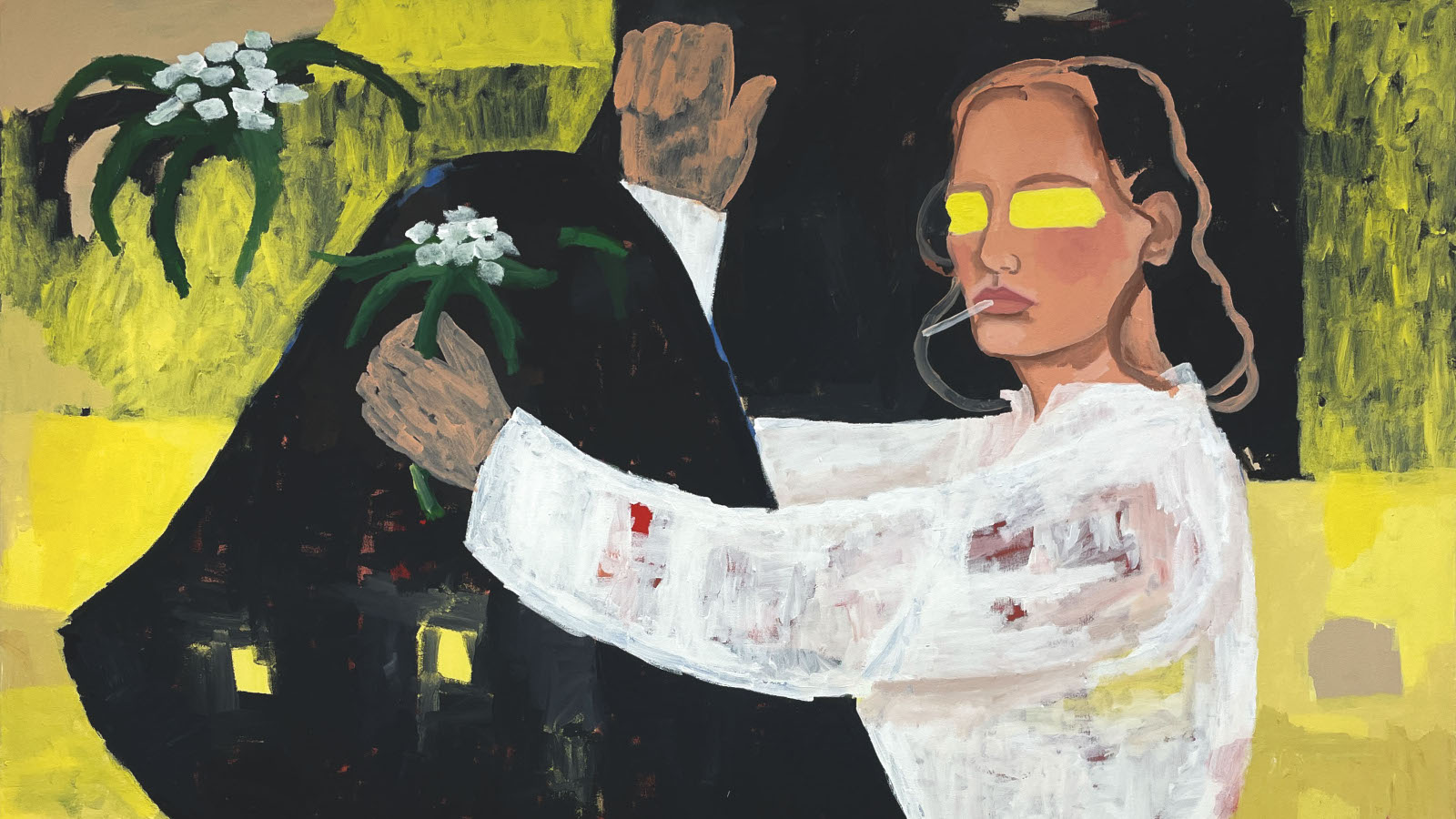 ‘Personal Structures’ in Venice is about ‘artists breaking free’
‘Personal Structures’ in Venice is about ‘artists breaking free’‘Personal Structures 2024: Beyond Boundaries’ reveals a rich tapestry of perspectives on the challenges of our time, from culture to climate and identity
By Nargess Banks